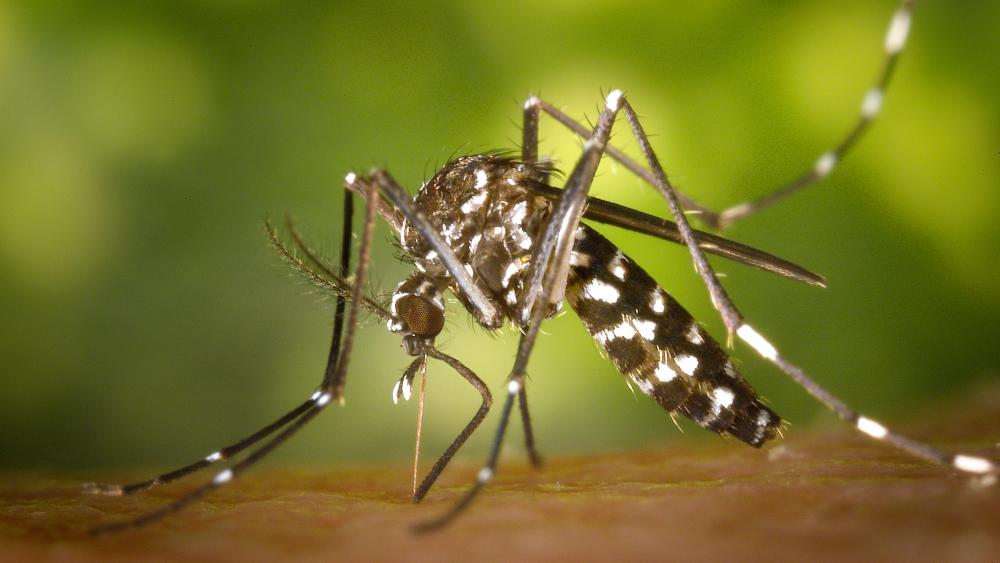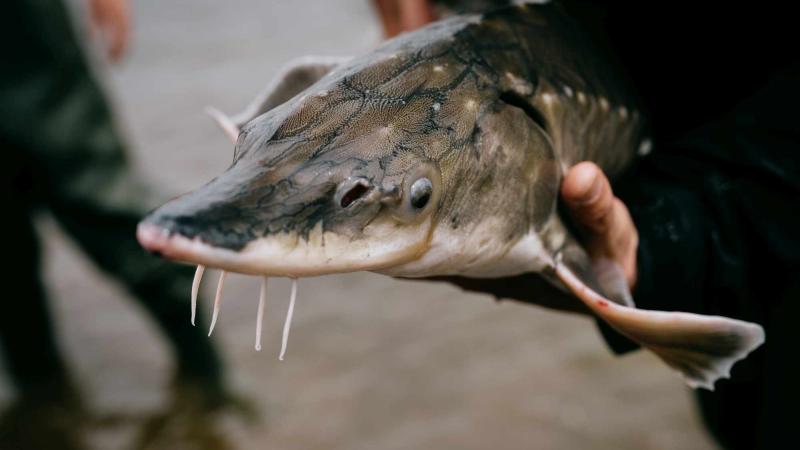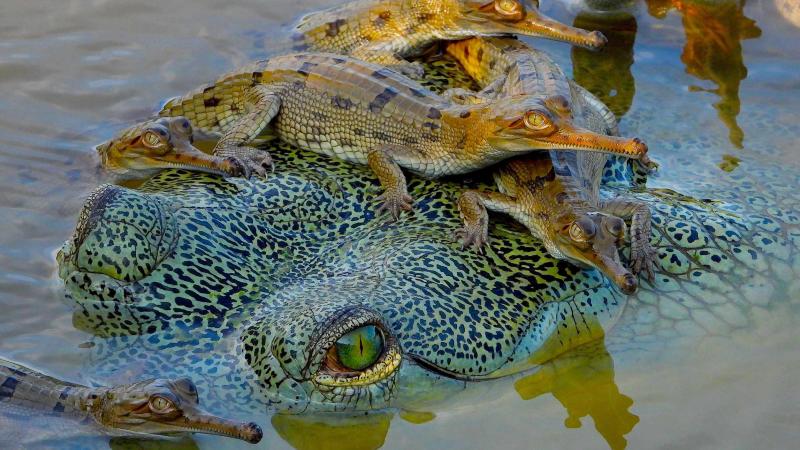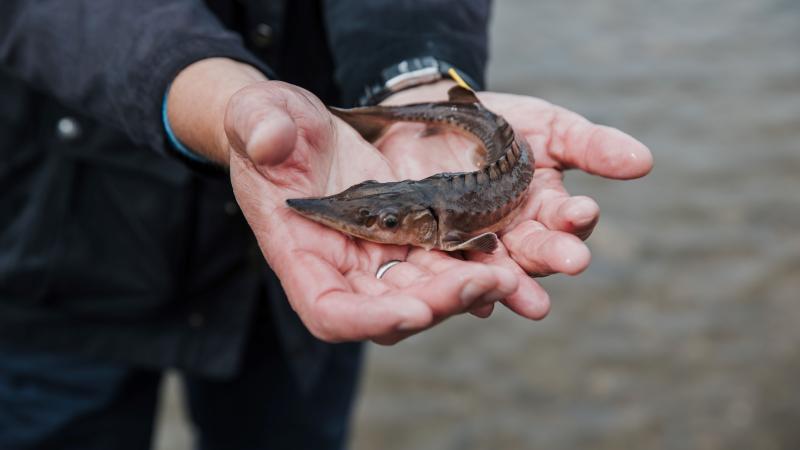
The Asian tiger mosquito is an invasive species that can transmit numerous diseases. I Photo: Shutterstock_1264880095
Increasing numbers of animals, plants and microorganisms such as bacteria and viruses are being intentionally and accidentally transported around the globe by humans. This phenomenon – known as biological invasion – causes great ecological and economic damage. A recent study published in Nature shows that biological invasions cost the world at least $162 billion annually.
Epidemics and biological invasions have much in common
The researchers analyzed basic concepts of invasion biology and epidemiology – and found many parallels. Frequent translocations, certain species traits and human disturbance of ecosystems promote both the emergence of novel infectious diseases and biological invasions. "For example, intensive human use of habitats brings the species living there into close contact with humans. This provides pathogens with many opportunities to jump from animals to humans, while allowing alien species to colonize altered habitats," said Jonathan Jeschke, Professor of Ecological Novelty at IGB and Freie Universität Berlin. Together with his team, he is investigating human-induced changes at various ecological levels – from organisms and populations to communities, ecosystems and landscapes.
In a globalized world, the emergence and spread of many infectious diseases can be understood as biological invasion events. "Numerous alien species contribute to the spread of infectious diseases. For example, invasive insects such as the Asian tiger mosquito are important vectors for pathogens such as dengue, Chikungunya, West Nile and Zika viruses," Jonathan Jeschke explained.
The global "One Health" approach
For the future, the authors of the study recommend using integrated approaches that consider the health of humans as well as animals, plants and other elements of the environment to reduce pandemics and the spread of invasive alien species. This One Health perspective is based on the insight that natural and near-natural ecosystems are essential for human health.
The scientists conclude that many predictive models and lessons learned to combat epidemics could be applied to biological invasions and vice versa. Therefore, they advocate increased collaboration between the two disciplines to improve the prediction and containment of biological invasions and infectious diseases, including pandemics.
Read the article in BioScience >





